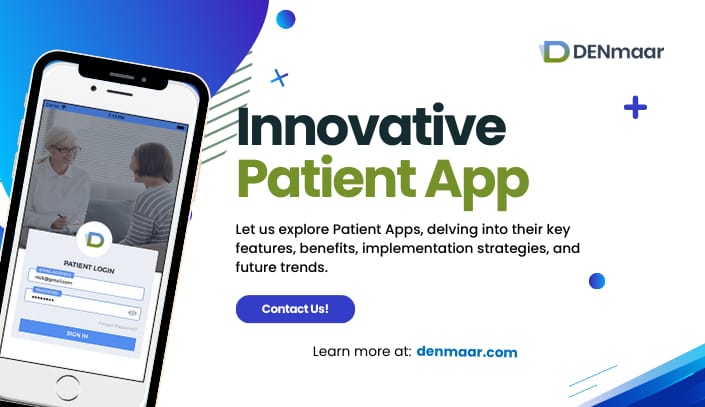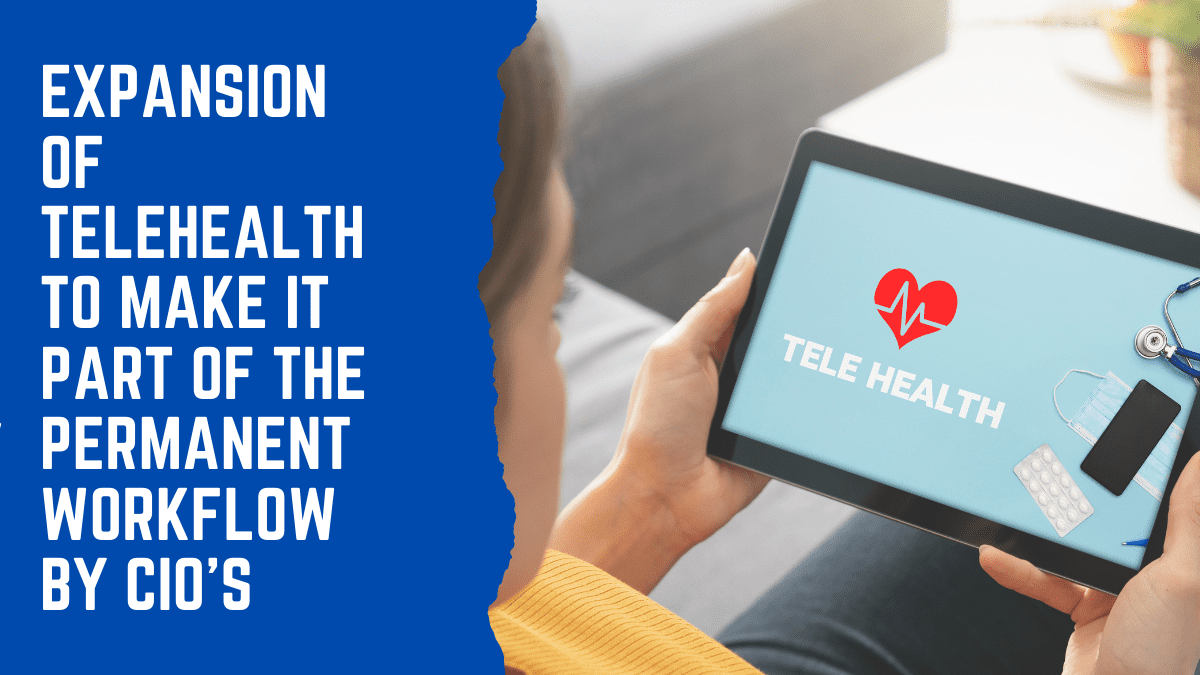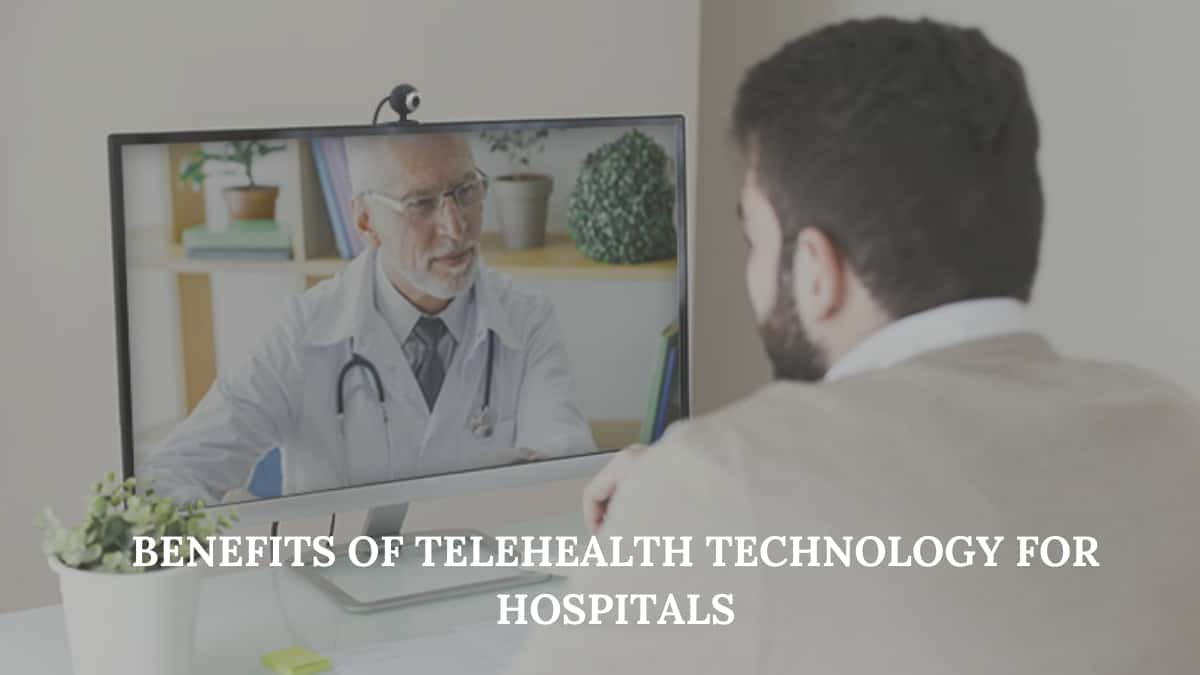
Transform Patient Care with Our Innovative Patient App: Your Health, Your Control
Technology has become a vital aspect of our daily lives, so it is no surprise that the healthcare industry has embraced the power of mobile apps to improve patient engagement and outcomes. Patient Apps have emerged as game-changers, allowing individuals to manage their health and collaborate with their healthcare providers. Let us explore Patient Apps, delving into their key features, benefits, implementation strategies, and future trends.
Understanding Patient App
A Patient App is a mobile application designed to empower individuals to manage their healthcare needs. These apps are a centralized platform where patients can access various services, from scheduling appointments to tracking their health progress. By leveraging the convenience and accessibility of smartphones, Patient Apps aim to bridge the gap between patients and their healthcare providers, fostering better communication, education, and self-management.
Benefits of Patient Apps
The benefits of Patient Apps extend far beyond mere convenience. By improving patient engagement and communication, these apps can lead to enhanced patient education, better self-management of health conditions, and increased patient satisfaction and loyalty. When patients feel more informed, empowered, and connected to their healthcare team, they are more likely to adhere to treatment plans.
Key Features of a Patient App
-
User-Friendly Interface
A well-designed Patient App should prioritize user experience. An intuitive interface with straightforward navigation and customization options ensures patients can easily access the needed features. By creating a seamless and personalized experience, Patient Apps encourage consistent usage and engagement.
-
Secure Data Management
Patient data is sensitive and requires robust security measures. Patient Apps must adhere to strict data privacy protocols and comply with regulations like HIPAA. By verifying the confidentiality and integrity of patient information, these apps build trust and confidence among users.
-
Appointment Management
Scheduling and managing appointments can be difficult, but Patient Apps streamline this process. Features like online appointment booking, rescheduling, and cancellation allow patients to take control of their healthcare schedule. Integration with the provider’s scheduling system ensures that appointments are accurately recorded and communicated.
-
Prescription Management
Keeping track of medications can be challenging, particularly for patients with multiple prescriptions. Patient Apps offer features like refill requests, tracking, and medication reminders to help patients adhere to treatment plans. By simplifying prescription management, these apps contribute to better health outcomes and reduced hospital readmissions.
-
Health Tracking and Monitoring
Patient Apps can be a centralized hub for tracking various health metrics, such as vital signs, symptoms, and progress. These apps integrate with wearable devices and home monitoring tools to give patients a comprehensive view of their health status, which can be shared with healthcare providers.
-
Educational Resources
Patient App offers access to reliable health information and educational materials tailored to the user’s specific condition and needs. By providing accurate and easy-to-understand resources, these apps empower patients to make decisions and actively participate in their care.
-
Communication Tools
Effective communication is essential for building strong patient-provider relationships. Patient Apps facilitate secure messaging and video consultations, enabling patients to connect with their healthcare team remotely. This feature is precious when in-person visits are not feasible or convenient.
Benefits for Patients
-
Improved Health Outcomes
Patient App provides the tools and resources for effective self-management, such as tracking medication adherence, symptom monitoring, and personalized care plans. These apps contribute to improved clinical outcomes.
-
Enhanced Patient Experience
Patient Apps prioritize convenience and accessibility, two critical factors in enhancing the patient experience. These apps eliminate the need for multiple phone calls, paperwork, and in-person visits by offering a centralized platform for managing healthcare needs. Patients can access health information, communicate with providers, and get care from the comfort of their homes, leading to increased satisfaction and loyalty.
-
Empowerment and Self-Management
One of the most significant benefits of Patient Apps is the empowerment they provide to patients. By offering educational resources, health tracking tools, and communication channels, these apps enable individuals to manage their health conditions actively. As patients gain knowledge and confidence, they become more engaged in their care, leading to proper adherence to treatment plans.
Benefits for Healthcare Providers
-
Improved Patient Engagement and Adherence
Patient engagement is vital for successful healthcare outcomes. Patient Apps can significantly increase patient engagement by providing convenient access to healthcare services and fostering better communication with providers. It leads to improved clinical outcomes and reduced hospital readmissions.
-
Reduced Administrative Burden
Healthcare providers often face a significant administrative burden, which can detract from patient care. Patient Apps can streamline administrative tasks like appointment scheduling, prescription management, and patient communication. By automating these processes, providers can concentrate more on delivering high-quality care and enhancing patient outcomes.
-
Enhanced Care Coordination
Effective care coordination is essential for delivering comprehensive healthcare services. Patient Apps can facilitate better communication and collaboration among providers by offering secure messaging, shared care plans, and integration with Electronic Health Record (EHR) systems. By breaking down silos and improving information sharing, these apps contribute to more coordinated and efficient care delivery.
Implementation Strategies
-
Choosing the Right Patient App
When selecting a Patient App, healthcare providers must consider various factors, such as features, integration capabilities, security measures, and user reviews. Aligning the app selection with the practice’s goals and patient needs is essential to ensure a successful implementation. Providers should also consider the app’s scalability and ability to adapt to future healthcare trends and regulations.
-
Effective Patient Onboarding and Education
Introducing a new technology can be challenging, especially for patients who may be hesitant to adopt new tools. Healthcare providers must develop effective onboarding and education strategies to ensure successful Patient App adoption. This may include training sessions, creating user guides, and offering ongoing patient support. Providers can encourage consistent app usage and engagement by making onboarding seamless and informative.
-
Continuous Improvement and Feedback
Implementing a Patient App is not a one-time event; it requires ongoing monitoring, evaluation, and improvement. Healthcare providers should regularly gather patient feedback, measure the app’s success, and make necessary adjustments to verify that it continues to meet the evolving requirements of patients and the practice. By embracing a culture of continuous improvement, providers can maximize the benefits of Patient Apps and maintain patient satisfaction and engagement.
Challenges and Considerations
-
Patient Adoption and Engagement
While Patient Apps offer numerous benefits, encouraging consistent usage and engagement can be challenging. Some patients may resist adopting new technologies or may not see the value of using an app for their healthcare needs. Healthcare providers should develop strategies to overcome these hurdles, such as highlighting the app’s benefits, providing training and support, and making the app an integral part of the patient experience.
-
Data Privacy and Security Concerns
Patient data is susceptible, and patients may be concerned about privacy and security while using a mobile app. Healthcare providers must address these concerns by ensuring that the Patient App adheres to strict data privacy protocols and complies with relevant regulations, such as HIPAA. Providers can build patient trust and confidence by prioritizing data security and transparency.
-
Integration with Existing Systems
Seamless integration with existing healthcare systems like EHRs is crucial for the success of a Patient App. However, achieving this integration can be challenging, especially when working with legacy systems or complex data structures. Healthcare providers must work closely with app developers and IT teams to ensure that the Patient App integrates smoothly with existing systems, minimizing workflow disruptions and maximizing its benefits.
Future Trends in Patient Apps
-
Artificial Intelligence and Machine Learning
As Patient Apps continue evolving, we expect to see increased integration of artificial intelligence (AI) and machine learning technologies. These advancements can enable personalized recommendations, predictive analytics, and enhanced patient education and self-management. By leveraging the power of AI, Patient Apps can provide more tailored and practical support to patients.
-
Telehealth and Remote Monitoring
The COVID-19 pandemic has accelerated the embracement of telehealth and remote monitoring technologies. Patient Apps are well-positioned to play a crucial role in this shift, serving as a platform for virtual care delivery and remote health monitoring. Integrating telehealth and remote monitoring tools allows Patient Apps to expand access to healthcare services, particularly for patients in underserved or rural areas. This integration can also improve care coordination, reduce hospital readmissions, and improve overall health outcomes.
Conclusion
Patient Apps have the potential to revolutionize healthcare engagement, empowering individuals to take an active part in managing their health and collaborating with their healthcare providers. By offering various features, from appointment scheduling to health tracking and communication tools, these apps provide a convenient and personalized method for patients to access healthcare services. As we progress, the continued evolution of Patient Apps, driven by technological advancements and the changing healthcare landscape, will undoubtedly lead to even more significant benefits for patients and providers.
If you’re a patient looking to take control of your healthcare journey, consider exploring Patient Apps. These powerful tools can help you stay informed, engaged, and connected with your healthcare team. Take the first step by researching and downloading a Patient App that aligns with your healthcare needs and preferences.
We at DENmaar provide the best Patient App at affordable prices. Our App provides features like TelePsych, Appointment scheduling, Online payments, and Payment History, thus helping patients get care with comfort. With our App, you can automate patient health data collection and provide telemedicine services. Call us now! – 844-727-3627
Related Posts
The Major Difference between Telehealth and Telemedicine
At first glance, both telehealth and telemedicine seem very similar terms, that...
Transform Patient Care with Our Innovative Patient App: Your Health, Your Control
Technology has become a vital aspect of our daily lives, so it is no surprise...
Expansion Of Telehealth To Make It Part Of The Permanent Workflow By CIOs
Over the past two years, hospitals and health systems have quickly deployed...
Benefits of Telehealth Technology for Hospitals
We know how important Telehealth technology has been in transforming health...



